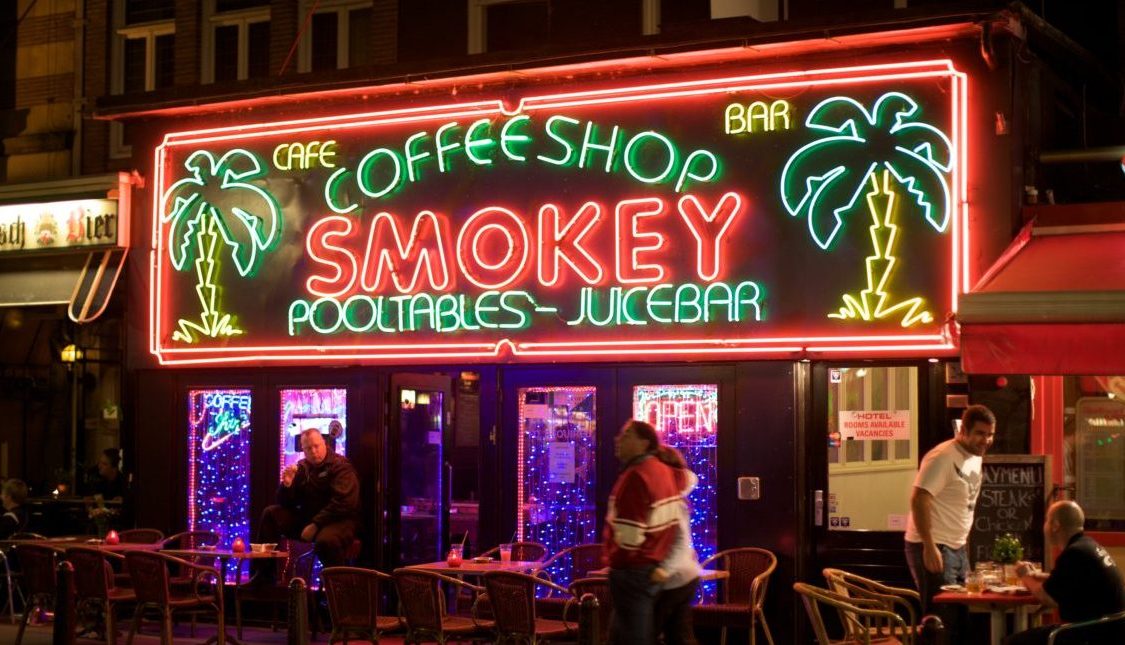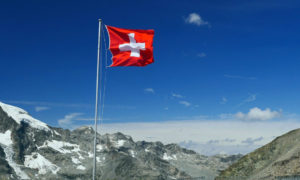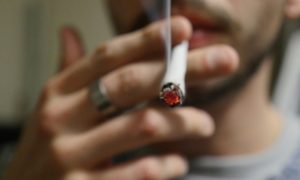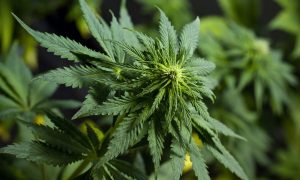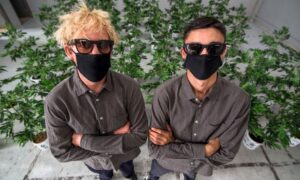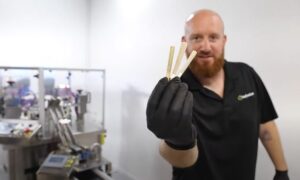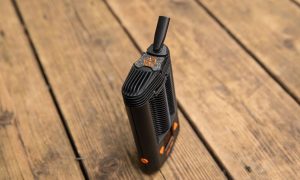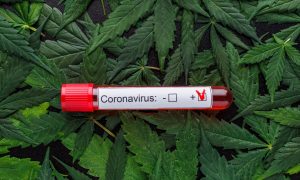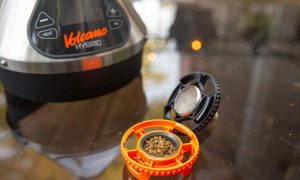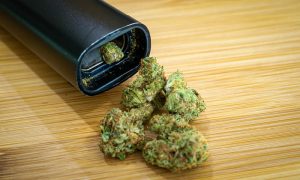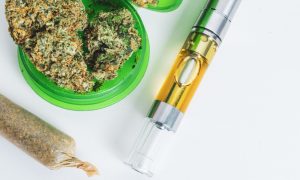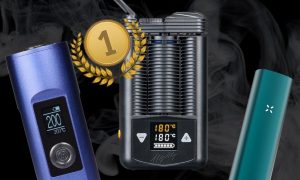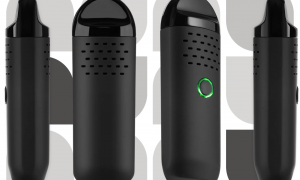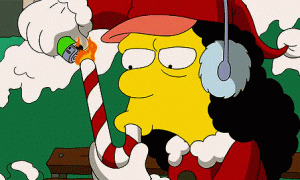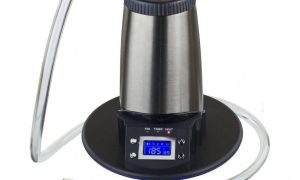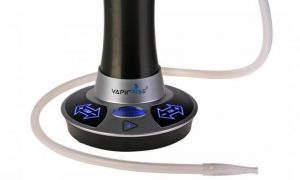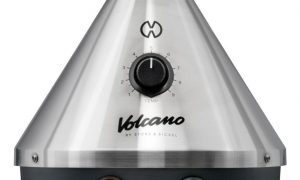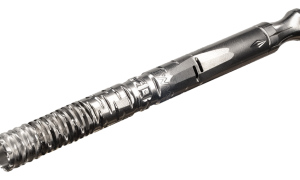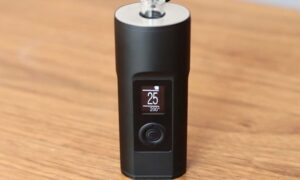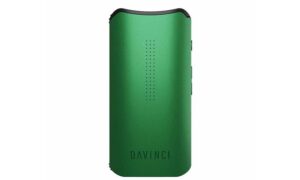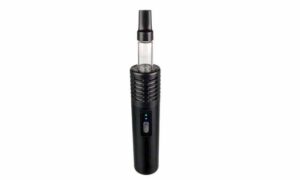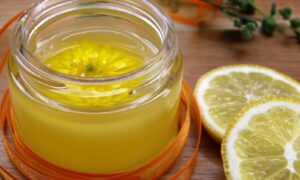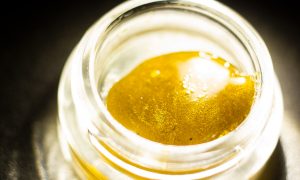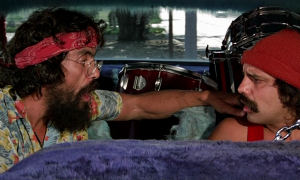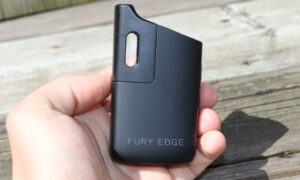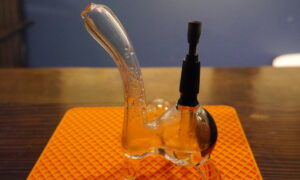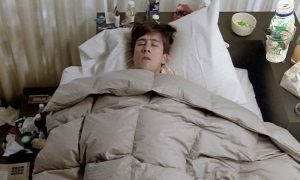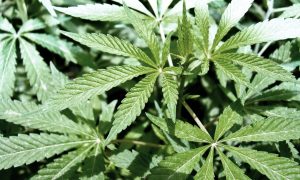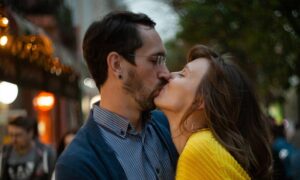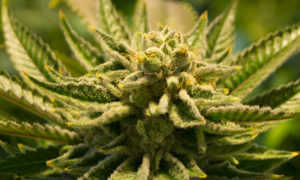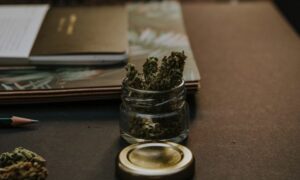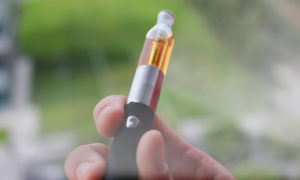When the Netherlands was still the only country on earth where consumers could legally buy cannabis, Amsterdam was undoubtedly the cannabis metropolis of the world, writes marijuana.com‘s Michael Knodt.
MORE: The history of the Dutch coffee shop
Travelers to the capital of the Netherlands in 2017 don’t get to experience the city’s former grandeur. Although many thousands of tourists visit the remaining 150 coffeeshops of the city every day, many businesses do not offer what they once stood for: Cozy shops with a nice atmosphere offering the world’s best weed.
Sure, Amsterdam is still a cosmopolitan metropolis, but more than a decade and a half of conservative federal politics have turned the city center into more of a cannabis circus than a cultural epicenter.
A shop may not store more than 500 grams these days, and the sale of extracts is completely forbidden. Anyone who violates the obligations pays immense fines and faces temporary closure; the third offense means the loss of the license. However, most stores forced to close within the past few years were guilty of being too close to the nearest school. Since 2014, roughly 20 percent of the 200 coffeeshops had to close due to the distance law or other licensing violations. Many long-established institutions such as the “Homegrown Fantasy,” “The Grashopper,” and “Mellow Yellow” have been forced to close their doors.
The remaining shops, however, are failing to meet the needs of locals and visitors. The scarcity in the marketplace leads to the fact that the remaining open shops can act boldly and unfriendly, without fearing any significant loss of sales. It is not easy to find a coffeeshop in which customer advice and quality are just as important as the sale. In addition to quality cannabis, coffeeshops should also offer a cozy place where you can consume the previously purchased flowers as comfortably as possible. However, this has proved to be even more difficult than the purchase of real high-grade flowers due to the declining number of coffeeshops.
In order to make the most of your first coffeeshop visit, there are a few things to note:
1. You can buy cannabis, but it’s not “required”
Some coffeeshops attempt to enforce a minimum cannabis or hashish purchase of at least 24 Euros before they’ll allow customers to order a beverage and take a seat in the café. If you only buy a joint for 10 Euros, you will not be allowed to smoke it inside these establishments. This is not only outrageous but 100% illegal. Amsterdam coffeeshops are officially cafés, which must not encourage or force their guests to buy cannabis. You may even bring and smoke cannabis purchased in another store, as long as you order a drink.
2. Take caution with exotic aromas
For a couple of years, diluted and tainted buds showed up with regularity in Amsterdam. “Banana Haze” or “Strawberry Kush” often turns out to be the nastiest fruit-flavored grass you’ve ever come across. The nearly non-smokeable buds are moist, like a wet salad in a plastic bag, and begin to rot after three hours in a Ziplock bag. Since 2015, the cannabis college in Amsterdam has alerted its visitors of such flowers with a warning: “Please let the staff check your cannabis before using the vaporizers. Apple and Strawberry Weed are not allowed.”
3. Test the local “budtender”
“Strawberry Kush is grown together with strawberries in a pot and therefore tastes like strawberries.” This is just one of the ridiculous statements I have heard during numerous coffeeshop visits. Shops can train their employees, but they do not have to. Accordingly, a good consultation from a knowledgeable budtender is not a question of sales regulations, but pure fortune. While some shops do spread real background knowledge throughout the cannabis culture, you’ll still hear utter nonsense in other shops.
4. Smelling is allowed
Since coffeeshops are actually illegal but tolerated, marijuana dispensing and packaging are not subject to the same restrictions you’d find in Washington State, for example; a smell and examination through a personal magnifying glass should therefore be part of the deal in Amsterdam. Stores that do not let their customers smell have something to hide or are simply too lazy to prepare transparent cans with samples of single strains.
5. Compare before buying
Depending on the shop where they were purchased, many strain varieties with the same name taste and smell different. Instead of looking for a particular strain or a special flavor, visitors should check and compare the same strains in different shops before making a purchase. Just around the central train station, you could purchase poor-quality gram Amnesia Haze for 15 euros, or a find a top shelf version for nine euros. Those who check out three or four stores in advance have a much better overview of the current price and quality of available products. You should not be forced to buy cannabis just because the staff let you smell the product or you had a nice talk to the budtender. The customer is king, even if the guy behind the counter thinks he is cooler than Snoop Dogg just because he is allowed to sell cannabis to tourists.
6. Cheap joints likely contain tobacco
Caution: Joints are often mixed with tobacco in Europe. Joints that cost less than 7-8 Euros often contain up to 70% tobacco. Pure joints contain an average of one gram of cannabis and usually cost between 10 and 15 euros.
7. Good edibles are rare
Since the coffeeshops are not allowed to deal with extracts or edibles due to very strange city regulations, the shops have not developed a proper edible culture like in the USA or Canada. Many shops in the 1990s still had a quaint house bakery, which usually baked delicious cakes and biscuits from trim or hash. But in recent years, this tradition has almost completely disappeared. Most of the offered biscuits or cakes are lacking in taste and provide a very inaccurate declaration of the active substance content. As a buyer, you do not know how much THC is in the biscuit. The amount of plant material serves as a mediocre reference, so the customers just know that it contains a half- or quarter-gram of flowers, trim or hash.
8. Avoid the Haarlemmerstraat
The closer the shop is located to the Main Station or the Haarlemmerstraat, the more it targets uninformed tourists. Of course, there are always exceptions, but the shops outside the canal belt are generally where most of the locals buy their supply. The prices here are far cheaper than in the center, however, these shops often have a very limited selection. “The Stud” is located right next to the Flevopark. The offerings here are magnificent and the staff has the time and knowledge for a detailed customer consultation, but you have to consume the herbs in the nearby park. A positive exception near the Harleem Straat is the gay coffeeshop “Central” which maintains a superb selection at moderate prices. Unfortunately, the Central also lacks a chill out room due to the strict non-smoking regulations. The “Voyagers” next door offers a fair range of herbs and a smokers’ area.
9. Find a bilingual menu
A coffeeshop, which has only an English-language menu, does not regard Dutch smokers as a target group. Local buyers cannot be tempted with colorful illuminated signs and cool sayings, but only with quality products and prices. Retailers looking for sustainability and long-term customer loyalty also offer their customers a Dutch menu — a customer who lives next door buys not only two or three, but 300 times a year.
10. Hidden places are the best choice
There are still some shops like the “Mr.K & Co” in the 2. Laurierdwarsstraat 44., with its old sofas, a chill out area and home baked apple cake to serve as a reminder of the cozy shops of former times. The herbs are also good and one finds old classics like African, Thai or Nederhash that most shops have already phased out. The employees will treat you the same whether you smoke only one joint or buy five grams. The only condition for a relaxed chill out is a delicious “Koffie verkert” or a can of “Chocomel” for two Euro. But once served so nicely, you will probably want to try the “Rolex Kush” for 15 Euro/gram.
Just a few meters further from the usual coffeeshop tourism rages in the Haarlemmerstraat. One can imagine the omnipresence of stereotypical tourists in cannabis-Disneyland. The coffeeshops have also adapted their culinary offer, between Greenhouse, Barneys, and Dampkring, the quality of the buds and the Fast Food offered is of the highest priority. Although the shops in the Haarlemmerstraat are usually a bit emptier than those in the red light district, some of them radiate the ambience of a Tex-Mex fast-food restaurant. A few more cozy shops where the locals buy their weed still exist in the area around the Albert Cuypmarkt.
Bonus Tip: Bedankt /bə.ˈdɑŋkt/
“Bedankt” means “thank you”. The Netherlands is a small country and its language is hardly spoken anywhere else. This is the reason why they consider it very polite when visitors try to speak a few words of Dutch. A “bedankt” instead of “thank you” will often trigger a friendly smile, which unfortunately is seen much too rarely by employees of Amsterdam’s coffeeshops.
This article was originally published on marijuana.com. Read the original article here.

